Are Subscription Newsletters More Profitable Than Blogging?
WRITTEN BY RILEY EHRENBERG - CHARLENE & CO. EDITORIAL TEAM
A subscription newsletter is content, written by an independent creator or company, regarding a specific niche, such as, daily news, pop-culture, business, travel, environmental issues, and self-improvement, that is sent to subscribers on a regular basis via email. These newsletters are becoming increasingly popular, with the 27 highest-earning newsletters on the platform Substack, an online platform that allows writers to send newsletters directly to readers, generating at least $22 Million a year in revenue. This increase in popularity raises the question: What will become of the blog?
Right To The Point
While blogs are typically longer and more detailed, newsletters are shorter and more concise. This is a major reason many people find newsletters so appealing. From an editorial perspective, less writing time makes the task of running a newsletter significantly less demanding. It’s much less demanding for readers too, who are more likely to read something direct and easily digestible during breaks in their schedule (i.e. while having their morning coffee). The newsletter, The Daily Upside, delivers a daily news briefing in this way. In about 100 words, they summarize the top story of the day, followed by 3 bullet points that make up the morning brief. This is an efficient way to stay informed without sacrificing valuable time.
Dual Advantages?
In terms of how personal each feels, both blogs and newsletters have their advantages. Writers of each are able to hone in on a specific niche and hopefully attract readers with a shared interest. A newsletter with a distinct niche is The GIST, is a women-founded newsletter that covers men and women’s sports and addresses the gender gap in sports coverage. An advantage that blogs have is readers are able to share the content with others who share that interest, resulting in a larger audience. Reaching a larger audience in this way isn’t possible with newsletters because someone must be subscribed to access the content. However, readers being required to subscribe is an advantage as well, as it means they have actively sought out content regarding the newsletter’s niche and want to engage with it. The directness and personalness of receiving content via email also deepens the reader’s feelings of connection to the writer and what they have to say. This is something that easily searchable and shareable blogs lack.
Better Profits?
If writers of either blogs or newsletters are successful in consistently putting out high-quality, engaging content, containing valuable information, and in attracting and retaining an audience, their work can be monetized. Both can display ads in spaces sold directly to advertisers, or use ad networks, and can sell products or services related to the niche of their content. Newsletters can also be monetized through paid subscriptions for the newsletter as a whole or for extra content. Platforms like the previously mentioned Substack, allow writers to offer these subscription options. Because blogs are easily searchable and shareable, they can more easily reach an audience, meaning they are likely easier to monetize than newsletters. However, securing an audience is difficult regardless of the way in which content is being put out and success doesn’t happen overnight.
Though subscription newsletters are increasing in popularity and attracting attention from curious readers, blogs are still quite popular, with 77% of internet users reporting they read blogs and 80% of bloggers reporting that blogging drives results. Blogs and subscription newsletters each have preferable qualities, respectively. Blogs are great for long-term content with a strong personal voice, intended for a larger audience. Subscription newsletters are better suited for short-form content that is direct and easy to digest, shared more intimately with a smaller audience. For the time being, it seems both are here to stay.




